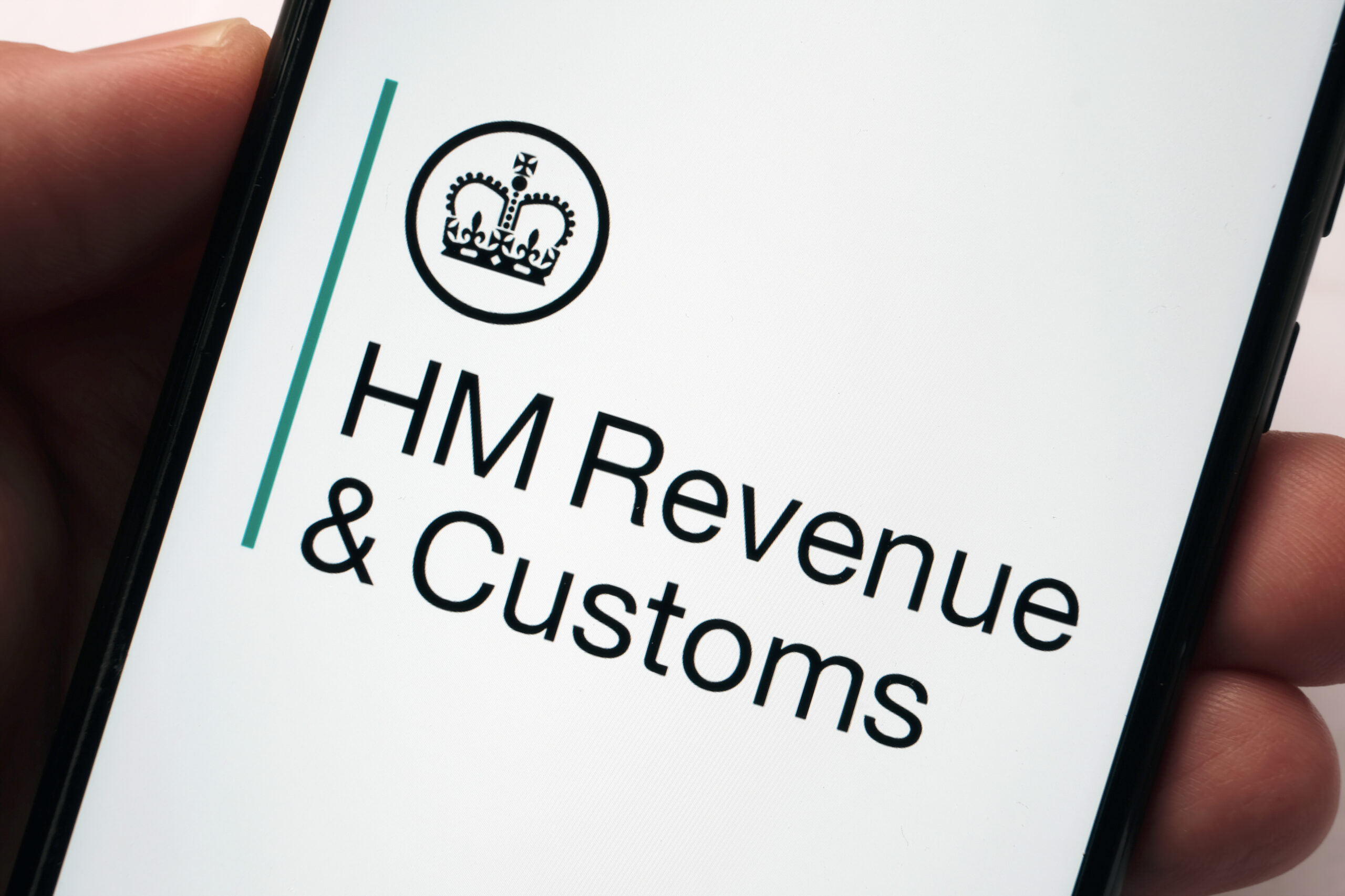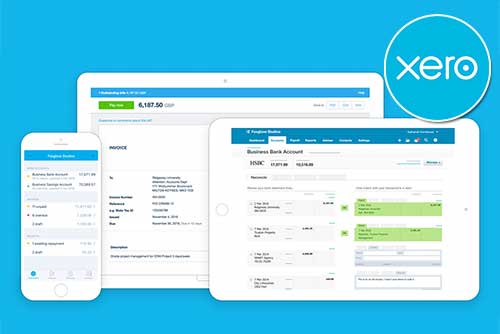What Are Intangible Assets?
The term ‘assets‘ often conjures images of physical items like buildings, machinery, or cash reserves. However, not all assets are tangible. Enter the realm of intangible assets, a crucial yet often overlooked component of a company’s value.
This article aims to shed light on these elusive elements of business value, exploring their nature, types, and significance.
Understanding Intangible Assets
Intangible assets are non-physical resources owned by a company that provide future economic benefits. Unlike tangible assets such as land or equipment, which can be seen and touched, intangible assets lack physical substance. However, they are valuable because they contribute to a company’s ability to generate revenue and profit over time.
Types of Intangible Assets
- Intellectual Property: This category includes patents, trademarks, copyrights, and trade secrets. Patents protect inventions or discoveries, trademarks safeguard brand identities, copyrights cover original works of authorship, and trade secrets safeguard confidential information critical to a company’s success.
- Goodwill: Goodwill represents the premium paid for a company in excess of its tangible assets’ fair market value during an acquisition. It encompasses factors like reputation, customer loyalty, and brand recognition.
- Brand Equity: Similar to goodwill, brand equity refers to the value associated with a brand name. It encompasses consumer perception, brand loyalty, and brand awareness.
- Customer Relationships: Customer relationships represent the value of established connections between a company and its customers. This includes customer lists, contracts, and subscription services.
- Software and Licences: Intangible assets also include software, licences, and other technological assets that contribute to a company’s operations or revenue generation.
- Research and Development: Expenditures on research and development can result in intangible assets such as patents, proprietary technology, or processes that enhance a company’s competitive position.
Identifiable Intangible Assets vs. Unidentifiable Intangible Assets
Identifiable intangible assets refer to assets with specific characteristics and a determinable value, such as patents, trademarks, and copyrights, which are separately recognised on a balance sheet based on their purchase price or acquisition cost. These assets can be easily distinguished and valued.
In contrast, unidentifiable intangible assets lack such distinctiveness and are often embedded within a company’s overall operations, making them challenging to separately identify and value, examples include goodwill, brand reputation, and customer relationships. Unidentifiable intangible assets are typically recognised only when acquired through a business combination, with their value being the excess of the purchase price over the fair value of identifiable assets acquired and liabilities assumed.
Definite vs. Indefinite Intangible Assets
Definite intangible assets possess identifiable characteristics, such as legal rights or finite useful lives, allowing for straightforward valuation and accounting treatment. These assets, including patents, copyrights, and software licences, are amortised over their useful lives, reflecting their gradual consumption or expiration.
On the other hand, indefinite intangible assets lack easily discernible characteristics or have indefinite useful lives, making their valuation and accounting treatment more complex. Common examples, like goodwill and certain brands, require annual impairment tests to assess whether their carrying value exceeds their recoverable amount, reflecting their susceptibility to fluctuations in market conditions, brand reputation, or future cash flows. Thus, while definite intangible assets are subject to predictable amortisation schedules, indefinite intangible assets demand ongoing assessment and adjustment to accurately reflect their value on financial statements.
How to Value Intangible Assets
Valuing intangible assets can be challenging due to their non-physical nature and subjective characteristics. However, here are some common methods used to value intangible assets:
1. Market Approach
This approach involves comparing the asset to similar assets that have recently been sold. For example, if you’re valuing a trademark, you could look at recent sales of similar trademarks in the marketplace. This method relies on the availability of comparable transactions and can be difficult to apply to unique intangible assets.
2. Income Approach
This approach estimates the present value of the future economic benefits that the intangible asset will generate. Common methods under this approach include:
- Discounted Cash Flow: This method involves estimating the future cash flows attributable to the intangible asset and discounting them back to their present value using an appropriate discount rate.
- Royalty Relief Method: This method estimates the value of an intangible asset by calculating the present value of the royalty payments that would be saved by owning the asset instead of licensing it from a third party.
3. Cost Approach
This approach estimates the cost to create or replace the intangible asset. For example, if you’re valuing a software program, you could estimate the cost of developing a similar program from scratch.
Importance of Intangible Assets
- Competitive Advantage: Intangible assets often provide a competitive edge in the market. Strong brands, innovative technology, and loyal customer relationships can differentiate a company from its competitors.
- Revenue Generation: A strong brand, for example, can command higher prices for products or services, leading to increased sales and profitability.
- Investor Perception: Companies with valuable intangible assets may attract more investment and enjoy higher market valuations.
- Long-Term Value: While tangible assets depreciate over time, intangible assets can appreciate or maintain their value over the long term. Investments in R&D, brand building, and customer relationships can yield sustainable growth and profitability.
- Strategic Decision Making: Understanding and managing intangible assets is crucial for strategic decision-making, such as mergers and acquisitions, licensing agreements, or strategic partnerships.
The Bottom Line
Intangible assets represent a significant portion of a company’s value. From intellectual property and brand equity to customer relationships and research and development investments, these intangible resources are essential drivers of competitive advantage, revenue generation, and long-term value creation. Recognising, valuing, and effectively managing intangible assets are essential for businesses seeking to thrive in an increasingly competitive and dynamic marketplace.





















